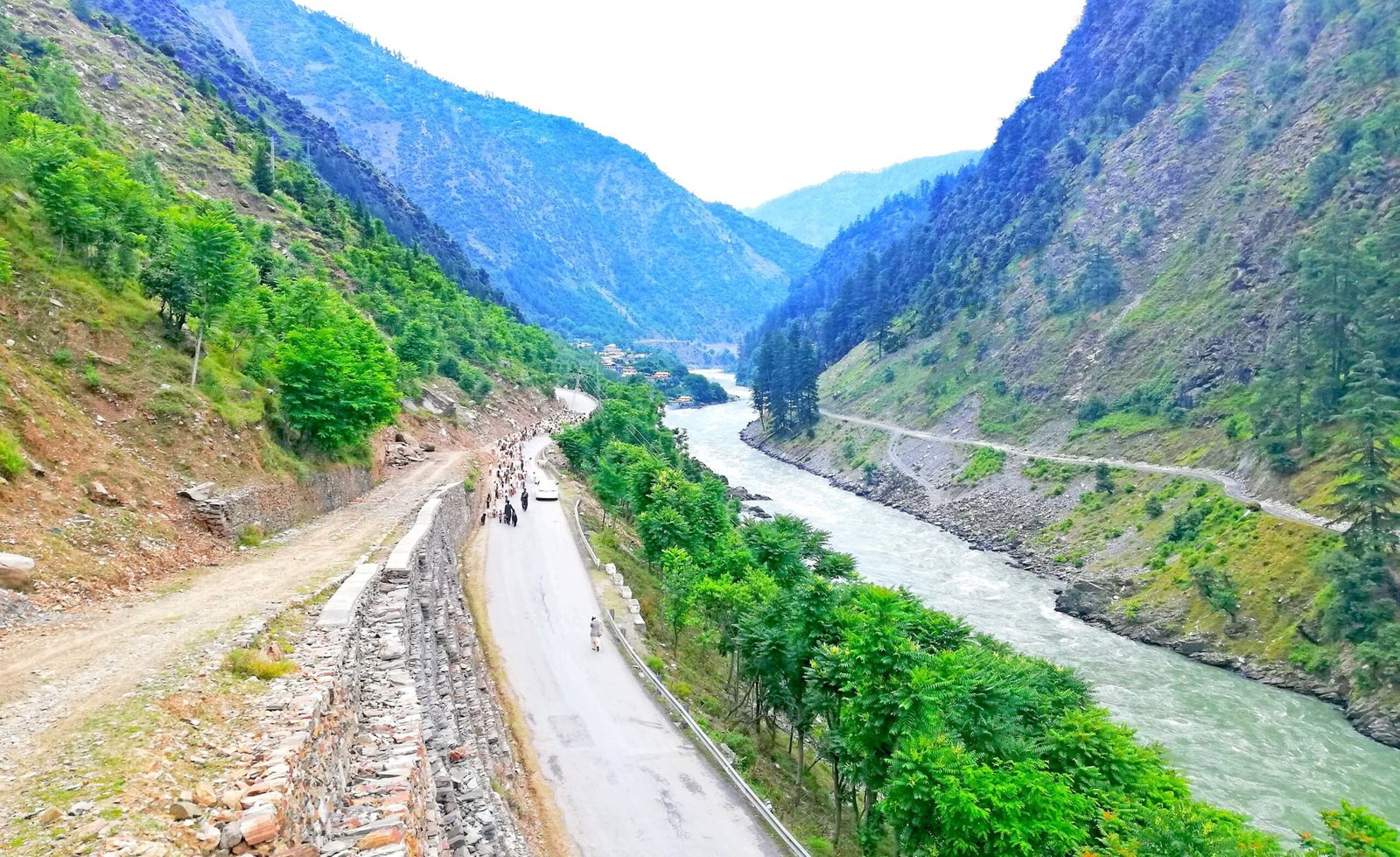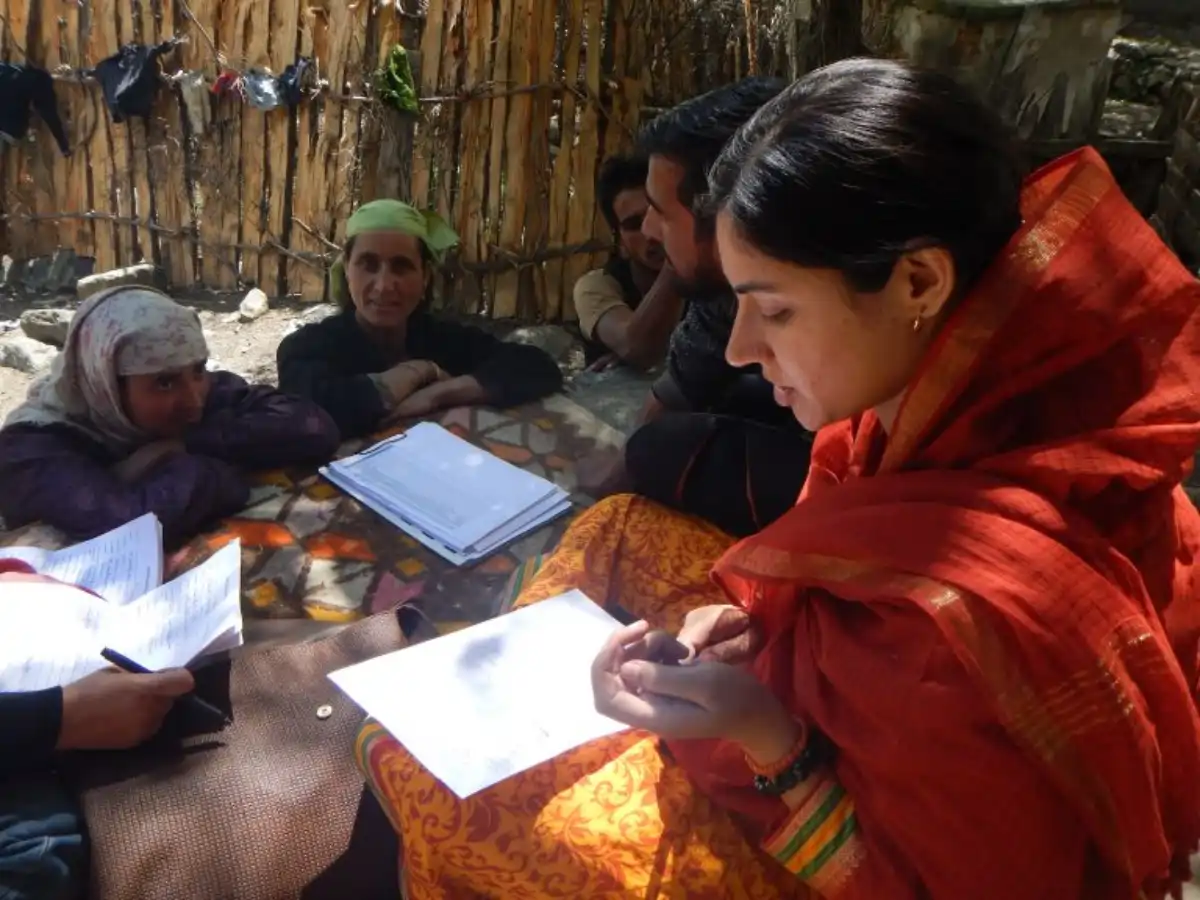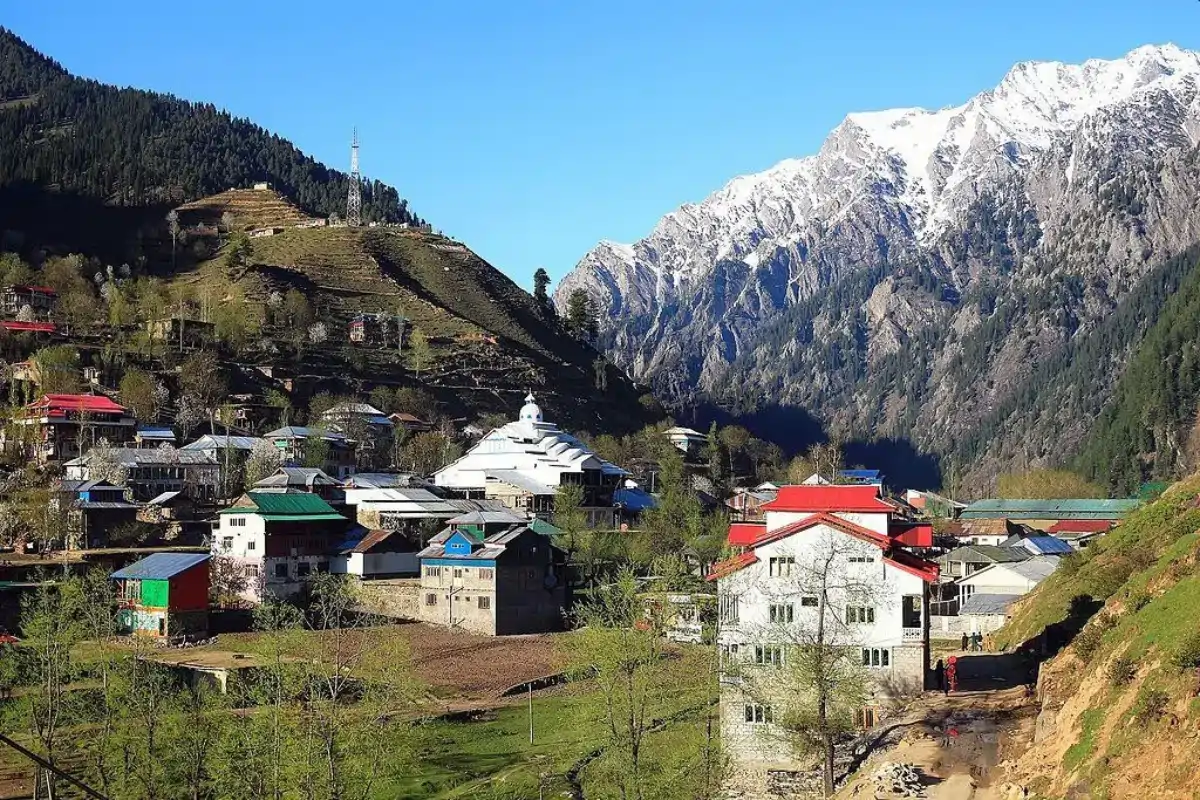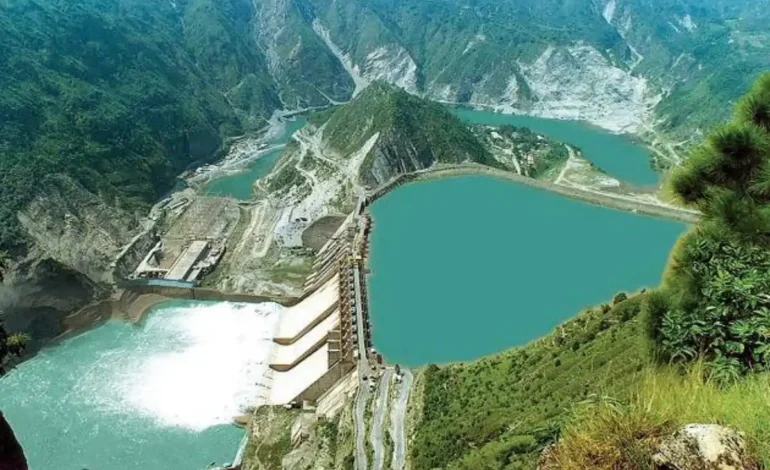
Hydropower Projects in Azad Kashmir: Pakistan’s Future
Nestled among the lush green hills and majestic mountains of Azad Jammu and Kashmir (AJK), the region offers much more than breathtaking landscapes and a rich cultural heritage. It is
Nestled among the lush green hills and majestic mountains of Azad Jammu and Kashmir (AJK), the region offers much more than breathtaking landscapes and a rich cultural heritage. It is also home to one of Pakistan’s most significant untapped energy resources — Hydropower Projects. With its numerous rivers, including the Neelum, Jhelum, and Kunhar, Azad Kashmir has the potential to play a pivotal role in powering Pakistan’s energy future.
In this blog, we’ll explore how hydropower projects in Azad Kashmir are shaping the future of energy in Pakistan, the benefits they bring, and the challenges they face.
Hydropower Projects: A Powerhouse of Hydropower Potential
Azad Jammu and Kashmir’s steep mountains and swift-moving rivers make it ideally situated to produce hydropower. The high-altitude flow of rivers like the Jhelum and Neelum offers tremendous energy potential and creates the perfect environment for hydroelectric power generation. In addition to providing for local energy needs, hydropower projects in the area have the potential to make a substantial contribution to Pakistan’s national electrical grid.
Pakistan has seen a worsening electrical scarcity in recent years. Azad Kashmir’s hydropower is regarded as a workable option since it produces clean, renewable energy. Pakistan’s energy crisis may be resolved in this area, which has hundreds of megawatts of untapped hydropower potential.
Key Hydropower Projects in Azad Kashmir
The Neelum-Jhelum Hydropower Project
One of the most significant hydropower projects in Azad Kashmir is the Neelum-Jhelum Hydropower Project. Located near Muzaffarabad and Dadyal, this project is set to harness the flow of the Neelum River, a major tributary of the Jhelum River. The project involves the diversion of river water through tunnels and pipelines to a powerhouse at the base of the mountains, where it is converted into electricity.
With a capacity of 969 megawatts (MW), the Neelum-Jhelum project generates around 5.15 billion kWh of electricity annually. It’s not only a vital energy source for Pakistan but also a technological marvel, overcoming complex challenges posed by the region’s rugged terrain. After years of delays, the project was officially completed in 2018 and is now contributing substantially to Pakistan’s national grid.
Other Promising Hydropower Projects
The Neelum-Jhelum project is not the only major initiative. Several other hydropower projects are either in progress or in the planning stages. These include:
- Dudhnial Hydropower Project
- Kohala Hydropower Project
- Mula Hydropower Project
- Azad Pattan Hydropower Project
- Patikari Hydropower Project
These projects, once completed, will add thousands of MW to Pakistan’s electricity supply. Together, they represent a long-term strategy to turn Azad Kashmir into a major energy hub for the country.
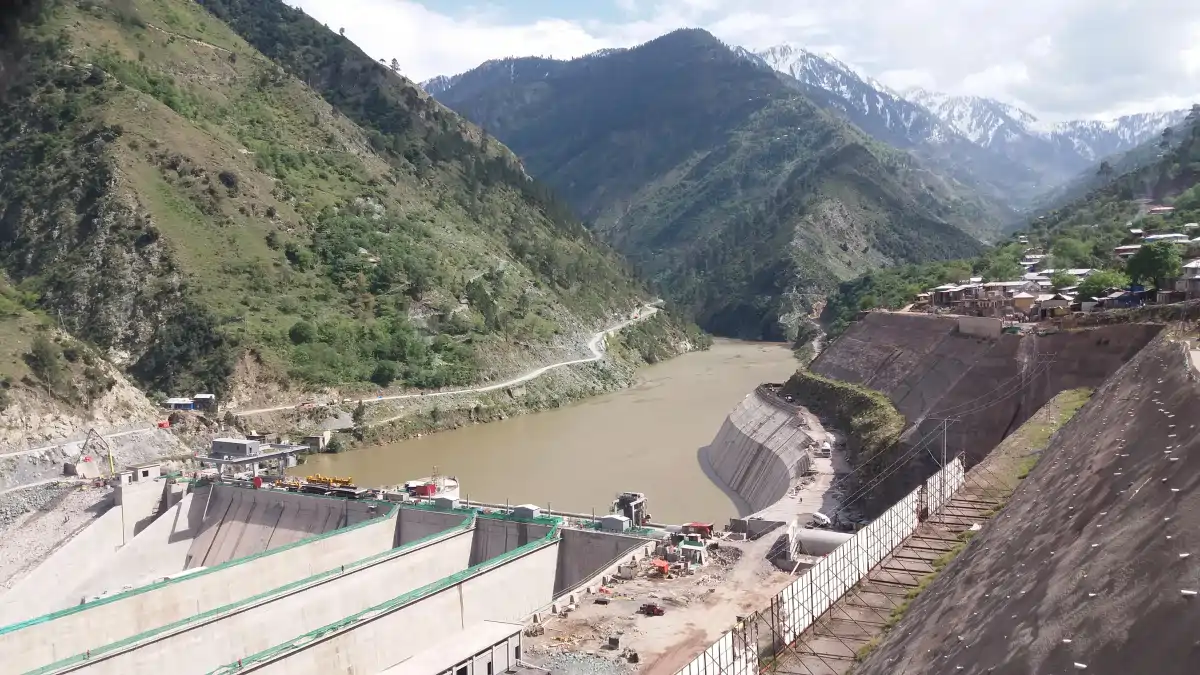
Overcoming Challenges in Hydropower Projects Development
While hydropower in Azad Kashmir holds great promise, several challenges need to be addressed.
Environmental Concerns
Though hydropower is a cleaner energy source than fossil fuels, it does have environmental consequences. The construction of dams and water diversions can disrupt local ecosystems, affect water quality, and alter the natural flow of rivers. For instance, the Neelum-Jhelum project raised concerns about potential environmental impacts such as soil erosion, changes in aquatic habitats, and biodiversity loss.
Additionally, large-scale dams often require vast amounts of land, which can lead to deforestation and the submergence of valuable agricultural land. To mitigate these impacts, comprehensive environmental assessments and sustainable development plans are crucial.
Displacement of Local Communities
The construction of hydropower plants often involves the displacement of local communities. The Neelum-Jhelum project, for example, affected several villages, displacing thousands of residents. While compensation packages are typically offered, the emotional and social toll on the displaced population is significant. Many individuals lose their homes, livelihoods, and access to essential services, which can disrupt their entire way of life.
Powerful resettlement designs that address the social impacts of removal should incorporate impartial remuneration, the advancement of occupations, and backing for networks to acclimate to their new circumstance. When overseen appropriately, hydropower undertakings can help neighborhood networks long term by making a position and further developing framework.
Economic Benefits for Azad Kashmir and Pakistan
Hydropower projects in Azad Kashmir offer immense benefits, both locally and nationally. Let’s explore how these initiatives can boost the economy and energy supply.
Boosting the Local Economy
Hydropower projects generate numerous job opportunities during construction and operation. Thousands of workers are employed in tasks ranging from the construction of dams and powerhouses to the operation of power plants. This creates stable income sources for local families and helps reduce unemployment in the region.
Additionally, the development of infrastructure such as roads, bridges, and transmission lines required for hydropower plants improves connectivity in remote areas. This better connectivity opens up new opportunities for businesses, improves access to education and healthcare, and enhances the overall quality of life for residents.
A Sustainable Hydropower Projects Supply for Pakistan
The dedication of hydroelectric plants in Azad Kashmir to Pakistan’s public matrix is their primary benefit. Azad Kashmir’s environmentally friendly power can help the country overcome its long-standing energy shortage problem. Projects like Neelum-Jhelum reduce Pakistan’s reliance on imported petroleum products, which helps to lower energy prices. Hydropower is a reliable and sustainable power source.
These hydroelectric projects will also help to mitigate the environmental impacts of petroleum product use and reduce Pakistan’s carbon footprint by diversifying the energy mix and developing sustainable power sources.

Long-Term Growth and Energy Independence
Long term, the viable headway of hydropower in Azad Kashmir can spike monetary improvement in the region. As energy availability improves, ventures like collecting, agribusiness, and advancement can thrive, setting out new business open entryways. Privately owned businesses, explicitly, will benefit from a consistent power supply, enabling them to work even more gainfully and foster their undertakings.
Also, hydropower activities can offer Pakistan more noteworthy energy freedom by decreasing its dependence on imported oil and gas. As energy demand fills the country, Azad Kashmir’s immense hydropower assets can assume a focal part in guaranteeing the country’s energy needs are met reasonably.
Azad Kashmir: A Renewable Energy Destination
In addition to its natural beauty and rich cultural legacy, Azad Kashmir is currently becoming one of Pakistan’s energy hubs. The country’s energy landscape might be drastically changed by the region’s natural resources, which include mountains and rivers. Neelum-Jhelum and other hydropower projects are already having a big impact, but there is even more promise for the future.
To solve its energy crisis, Pakistan must make use of Azad Kashmir’s renewable energy potential. If Azad Kashmir adopts the right policies for controlled change, environmental preservation, and local government support, it can begin to take the lead in advancing Pakistan’s future while maintaining the standard of excellence that makes it a well-known destination for tourists and adventurers.
Azad Jammu and Kashmir’s journey toward becoming a major energy hub will undoubtedly help stabilize Pakistan’s energy supply, reduce energy costs, and offer a cleaner, more sustainable future for generations to come.






